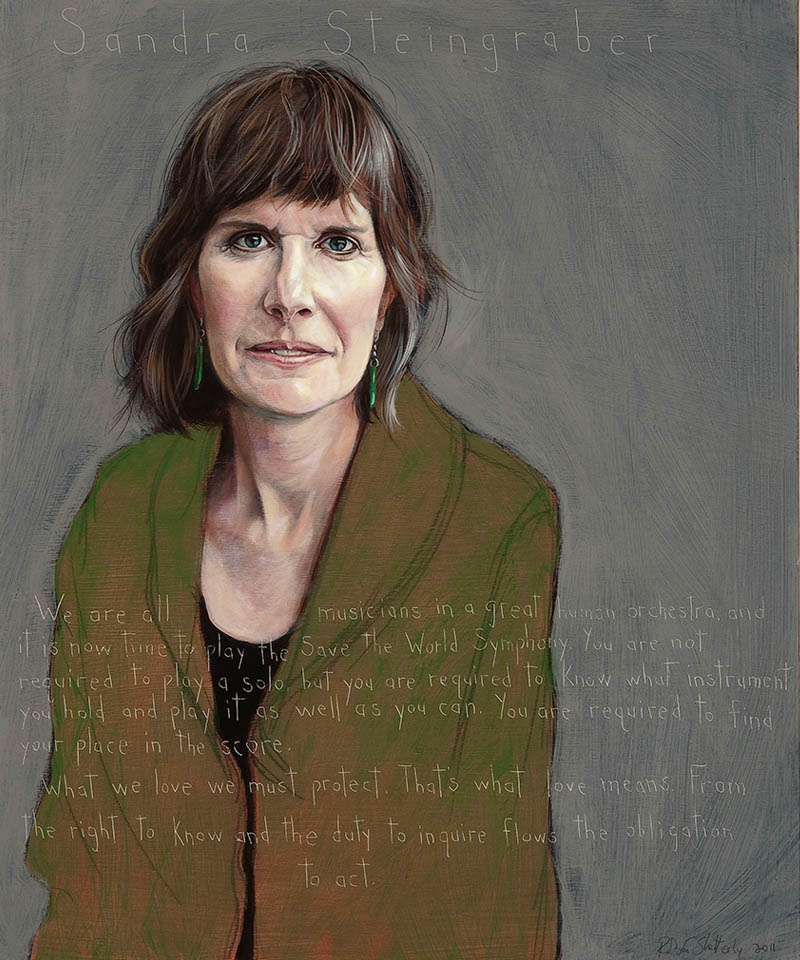What's New
A Symphony of Courageous Action
by Connie Carter, AWTT’s Director of Education
I should go to the symphony more often…
On a recent Sunday afternoon I attended the opening concert of the Bangor Symphony Orchestra’s 119th season. As is tradition with the BSO, the conductor walked on stage and opened the concert with a rousing rendition of the Star-Spangled Banner. The national anthem rarely brings me to tears, but this time it did just that—not sad tears, but thoughtful “I’ve been viewing it all wrong” tears. Lately, I have had few positive thoughts about our country’s involvement in the world, to say nothing of the inability of our representatives in Washington to put partisan politics aside and come together for the good of the nation.
But, somewhere about measure 13 of those “spangled stars,” I realized that I have been focusing my energy in the wrong direction. I need to change my perspective and turn towards the people striving to cross divides and working for the values on which our nation was founded. I thought if Robert Shetterly’s Americans Who Tell the Truth changemakers were a symphony, they would create and play a national anthem—an anthem that says we are courageous, we are not afraid to stand for the truth, we are willing to ask the tough questions. Not through “bombs bursting in air” but through tireless commitment to beliefs and actions that make our country, our world better. Shetterly’s orchestra includes a wide variety people.
Here are several examples. John Hunter created and has taught the World Peace Game to fourth graders who learn to make peace among conflicting countries and issues—difficult and inspirational!
Tim DeChristopher protested a Bureau of Land Management oil and gas lease auction (billed by environmentalists as a gift to the oil companies) and saved the land by bidding money he didn’t have, causing him to go to jail for two years.
Sandra Steingraber used her own cancer diagnosis to break the silence about links between cancer and the environment.

Lily Yeh creates beauty and art out of broken communities by connecting people and bringing them together to build vibrancy in previously splintered neighborhoods. The list goes on; there are over 200 of them – quite the symphony!
All of the parts are there—the solid foundation of the environmental cellos and basses, the true, sometimes piercing sound of the whistleblowing flutes and oboes, and then, of course, the loud, unable to be ignored human rights infractions of the brass and percussion sections. Just as the audience stood when Maestro Richman raised his baton to begin the National Anthem, so this symphony causes us to stand and search for the truth, to stand and ask the questions, to stand and act courageously.
Pick up your instrument now, find your tune, join their song. Create a national anthem!


